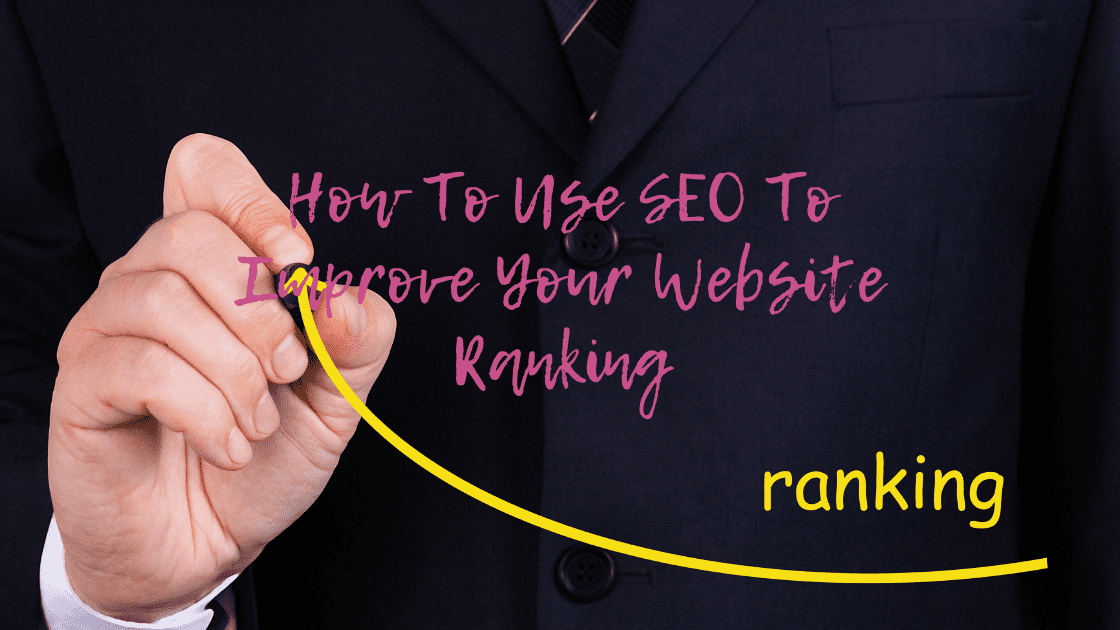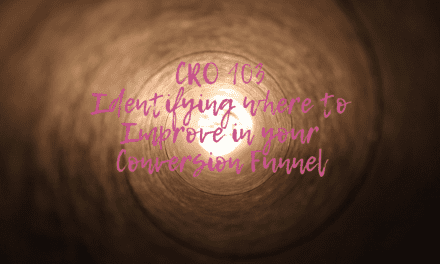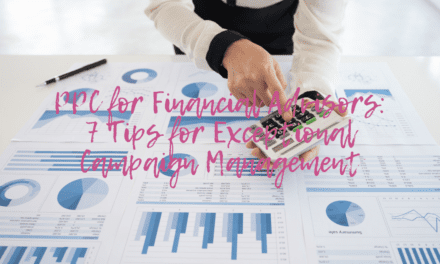Search engine optimization (SEO) should be in the mind of every website owner. It’s the organic method of ranking high on search engine result pages (SERPs). When it’s done correctly, your site pages stand a chance to be in the first five top positions. If you’re looking for ways to improve your site ranking, these are SEO techniques to begin with:
- Measure your site metrics and Performance
- Optimize existing content
- Create new SEO optimized content
- Make strong backlinks
- Structure your content for featured snippets
- Optimize images
- Use alt tags and metadata
- Improve page loading speed
- Ensure your site is mobile-friendly
- Improve local SEO
Measure your site metrics and performance
Before you get yourself on this SEO journey, it would be nice to know your current rankings and metrics. These data will reveal your strengths and weaknesses and help you develop a roadmap or plan to improve your rankings.
Aside from your site performance, it would help if you could get your traffic analytics.
How much traffic is your website receiving? What device are people using to access your site? Is it mobile or desktop? What pages of your website are receiving the most traffic?
Answers to these questions would help you develop an SEO campaign that meets your traffic needs. And by that, you will be able to serve them better and get more visitors.
Also, it would help to get some insights about your competitors in the same niche. You need to understand what they are doing and how to get ahead of them with your SEO strategy.
For comprehensive reporting on all these categories, you’ll need some tools. Google Analytics and SEMrush tools will provide you with enough insights, to begin with.
Optimize existing content
The first thing you would want to put right is your existing content. Perhaps, you wrote the content before you learned about SEO and keywords. Therefore, it would be nice of you to review them and make the necessary corrections.
If you have many articles, you can use the SEMrush content auditor to identify those with low performances.
Then, you can go ahead to perform keyword analysis for each topic. After which, you can either rewrite the content now with the appropriate number of keywords or edit the existing content. Also, you would want to ensure that you have enough backlinks in the blog/article.
Google appreciates it when you link out to other websites or other pages on your website. It shows that you care about your reader’s education and want to provide them with more information on the subject.
We’ll talk about how to create strong backlinks later. But for now, know that your existing content needs more backlinks. It also needs headings, subheadings, and images. The rules for the appropriate use of each element will be revealed as we proceed with the topic.
Create new SEO optimized content
After fixing the existing content, you will want to ensure that all your new contents are SEO optimized. The keyword density for optimized content should be between 2% to 3% and must not exceed this range.
This implies that for every 100 words, the keyword must appear twice or thrice. It’s essential to follow the rule because Google frowns against keyword stuffing. Going beyond the range will harm your website.
You should also add value to your content as you optimize it. Google ranks SEO optimized articles high and valuable content higher. Google desire to serve users with quality information, and for this reason, they give the top positions to resourceful sites.
Besides, internet users love to compile a list of valuable sites and recommend them to friends to help which results in more traffic for your site.
Make strong backlinks
Another factor like value, usually considered by Google when ranking pages, is authority. It’s believed that a website with authority automatically offers valuable information.
And Google measures the authority by evaluating the number of quality links pointing to the website pages. These links are referred to as backlinks.
SEO backlinks can either be no-follow or do-follow. The no-follow backlinks are those links without weight and are considered by Google as non-authoritative. Examples are links in the comment, sponsored links, and affiliate links.
The other type is those generated when a publisher links to your publications or content on your site.
The best way to generate backlinks naturally is to write newsworthy articles and publications on your site. When you pick a subject or topic, ensure that you write everything you know about it.
Write lengthy content so that other publishers in the niche would mention your site as a reference in their articles or link to it for further study.
Also, you can go the extra mile by becoming contributors to reporters. So, it works that you register on platforms like help a reporter out(HARO), pitch a reporter in your niche concerning a work they are working on, and then the reporter will link back to you as a contributor, provided the pitch is good.
Other methods include a partnership with a blogger in the same niche. The partnership works by granting chances for guest posts.
While building quality links, you must look out for broken links. These are faulty links on your webpage that no longer points to the intended site. Perhaps, the webpage is no longer active, or there’s a change in the URL structure.
The SEMrush broken link checker can help figure out the faulty links. After discovery, ensure you fix them.
Structure your content for featured snippets
In this blog, I have discussed the quality and relevancy of content. It’s time for the structure of your web articles or blog post. Bloggers and website owners should structure it to feature in the Google snippets.
Google or SERPs snippets are the first contacts between a researcher and web pages. It’s a captivating summary that previews the content of a web page to a researcher on a search engine result page.
It usually features the title, URL, and short text preview of the page’s content. The image below shows an example of a Google snippet.

The search engine usually decides on the text preview to display to researchers. However, you can structure your content to compete for the snippet position. You can make that happen by following some SEO text structure etiquettes.
These etiquettes include making a table of content for your long text articles. Just like the table of content at the beginning of this article, you can structure your table of content such that a click on one of the headings will take readers to the corresponding section.
Also, if you have content with bullet points explained just like this one, you can have the points wrapped with the <h2> tags.
These practices will result in a well-structured web page or blog page that provides an amazing user experience. And they might make Google consider the page for a featured snippet.
Optimize images
Still, on your web pages’ appeal, it would be awesome to add some visual elements to your posts and articles. People easily get bored with long texts. For this reason, bloggers are usually urged to add images to their content.
As per the rule for image density, there’s no special regulation. However, Neil Patel, a digital marketing expert on one of his blogs, advised that content must contain as many images as possible but moderate. Website owners should not over-utilize their liberty. It’s a blog post, not a photo essay.
Before you add an image to your content, ask yourself if it will serve a purpose or add value to the piece. If the answer is yes, you can put it in the content. Meanwhile, some content like guides naturally needs more images than other textual content. It’s easier to make illustrations with pictures.
Also, you must ensure that the picture is of good quality and original. Google frowns at copying images from the web. If you do so, you can be punished for copyright infringement. You can get authentic images from stock libraries like Canva.
Use alt tags and Metadata
You can do more with your images when you use the alt tag. With it, you can describe your images or videos. Currently, Google has SERPs for images, and your site images can only rank for relevant searches when you describe them with the alt tags.
Ensure you’re descriptive and distinctive when composing your alt text. Also, don’t be tempted to spam your description with keywords. Make sure it comes from a free mind and doesn’t read forced.
Another vital element is Metadata. Metadata is information stored in your web pages’ <head> tags. For each page on your website, ensure you state the page title, Meta descriptions and Meta keywords. They will enable the search engine to understand your website pages better.
Improve page loading speed
Delayed load time is a huge turn off for most internet users. Many studies have shown that search engine users are discouraged from using a website when its load time exceeds 5 seconds.
A good web page should load between 2 to 3 seconds. And it has been confirmed that loading speed is an important ranking criterion for Google.
Your website loading time mainly depends on the server you’re hosted on. Sites on the shared hosting plan usually experience delayed loading time, and for this reason, businesses and ecommerce sites are advised to subscribe to dedicated hosting.
Aside from good hosting, a content delivery network (CDN) can improve your website loading speed.
Ensure your site is mobile-friendly
Today, a larger percentage of online researchers are doing it from their mobile devices. Therefore, sites must be designed to fit all mobile screen resolutions. Contents must be structured with mobile users in mind.
Improve Local SEO
Local SEO is a digital marketing strategy in which businesses only target people within their locality. It involves the usage of localized keywords and making content about events that happened in a particular place.
Conclusion
Where to begin should not be a problem with the ten points explained above. Now, you can run a successful SEO campaign for your business or ecommerce store. Moreover, always take the SEO audits of your website. Only through this can you know if you’re making progress or not.
Meanwhile, if you find it challenging to perform SEO or would like to hire expertise, Premlall Consulting is at your service. We can help you run an SEO campaign for your business or ecommerce store. Contact us now!








